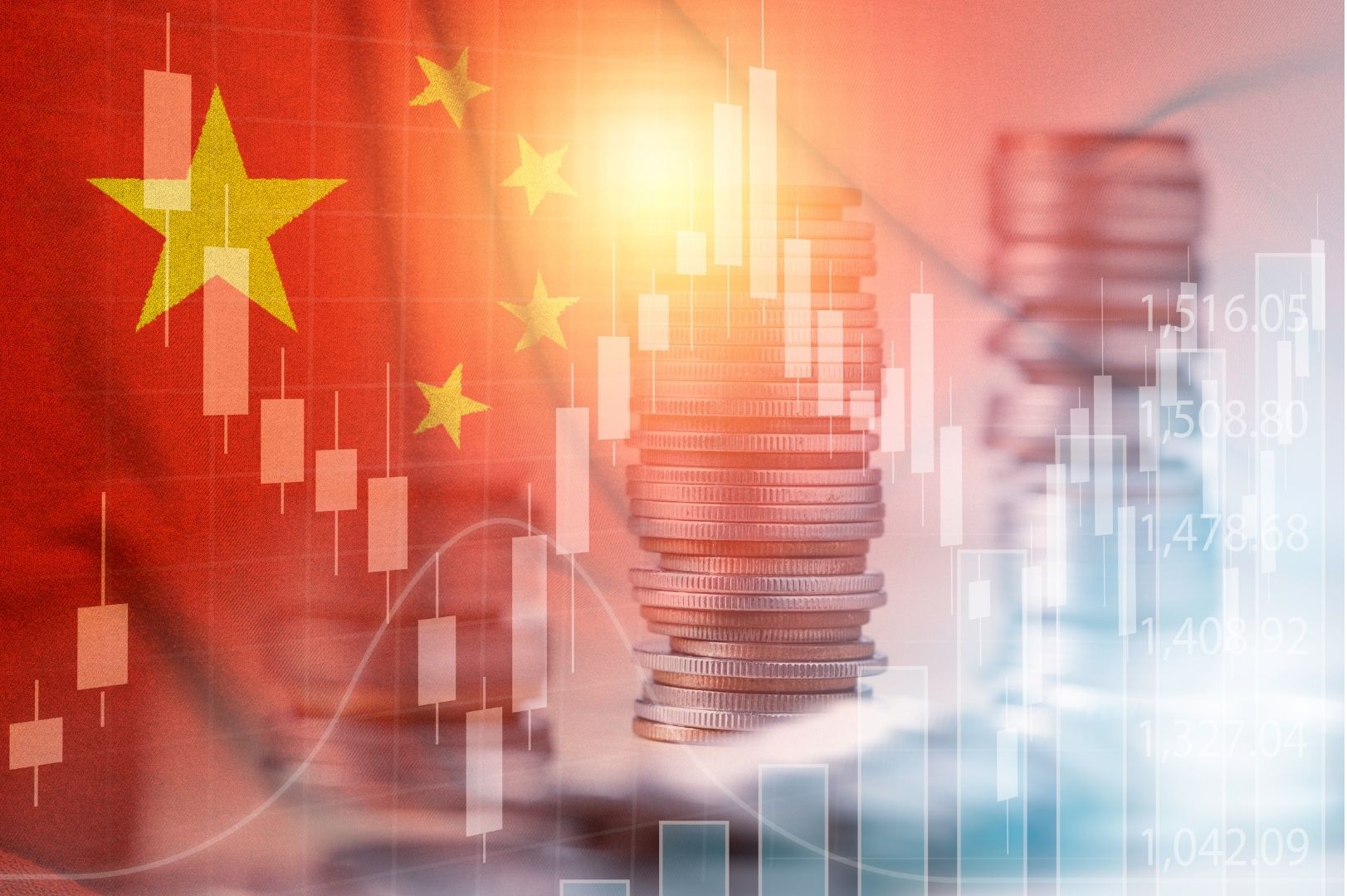Qualified Foreign Investor (QFI) is a collective regime that includes Qualified Foreign Institutional Investor (QFII) and RMB Qualified Foreign Institutional Investor (RQFII) schemes, which recently merged into one, making it a convenience for foreign investors to apply and invest in China’s trading market with a one-time application with relaxed entry criteria and simplified application documents. All these comes with a reduced approval time once the application documentation fulfils China Securities Regulatory Commission (CSRC) requirements.
China’s securities regulator said on 15 Oct 2021 that it will allow QFIs to trade more types of onshore derivatives.
Starting Nov 1 2021, investors under the QFI scheme will be allowed to trade commodity futures, commodity options and stock index options, CSRC said. Whilst, the detailed product list to be traded is still pending for regulator’s announcement.
Expanding QFI’s investment scope would provide foreign investors with more hedging tools, and help attract overseas capital, CSRC said on its website.
Earlier in 2020, restrictions on investment quota have been removed and cash repatriation process is simplified under the new QFI scheme. QFIs no longer need to apply for any investment quota to the regulator. The currencies and timing of inward remittances may also be chosen by investors.

5 Things to Know about the QFI Scheme
1. Overview of China Futures Market
China has been growing exponentially throughout the years. Currently, there are 6 Futures Exchanges in China, with 70 futures products and over 20 futures options.
On September 2022, China opened its financial and commodity markets further to foreign investors. The list of products that are open includes the following:
1) PTA, methanol, sugar, and rapeseed oil from Zhengzhou Commodity Exchange (ZCE).
2) Crude oil, low sulfur fuel oil, rubber, and copper from Shanghai International Energy Exchange (INE)
3) Soybean and iron ore from Dalian Commodity Exchange (DCE)
As a brief overview of events, since 2016, global futures and options volume continued rising steadily each year. Subsequently, from 2020, China’s futures and options volume increased significantly, contributing to one of the highest growth volumes in the APAC region. This has eventually led to the opening up of the market in 2022 for more internationally accredited investors to participate in the economy, which will better expand trade opportunities.
However, what is being offered to international investors were only 7 futures and 2 options. This proves to be one of the key factors that China will continue to grow exponentially in terms of its futures & options market in years to come.
2. Ways to Access China’s Futures Market
Looking to trade in China’s futures market?
There are currently 5 ways to access China’s ever-growing market:
1. QFI
2. Wholly Foreign Owned Enterprise (WFOE)
3. Overseas Intermediaries e.g. Orient Futures Singapore
4. Overseas Brokers
5. Direct Local Futures Company e.g. Shanghai Orient Futures
Trading through the QFI Scheme allows you to hedge on Index Futures, Index Options, and trade Commodity Futures and Options. Orient Futures Singapore is a direct Overseas intermediary of Shanghai International Energy Exchange, Dalian Commodity Exchange, and Zhengzhou Commodity Exchange, while Shanghai Orient Futures is a direct local futures company.
According to joint discussions with the People’s Bank of China (PBC), the State Administration of Foreign Exchange (SAFE), the China Securities Regulatory Commission (CSRC) announced on October 15, 2021, that beginning November 01, 2021, commodity futures, commodity options, and stock index options will be added as eligible financial derivatives accessible to QFIIs, with trading in stock index options limited to the sole purpose of hedging while detailed product list hasn’t been published yet.
A brief timeline for Direct QFI participation will be as follows,
Custodian -> CSRC -> Custodian -> Shanghai Orient Futures (Local Futures Company) -> CFMMC -> Exchange.

3. Enhanced Connectivity for Foreign Investors
From September 1, 2020, the China Foreign Exchange Trade System (CFETS) will offer foreign investors a direct trading service through the China Interbank Bond Market (CIBM) Direct. Through request-for-quotations (RFQ) with quantity alone, foreign institutional investors can engage in spot trading with local market makers (not including price). Third-party platforms from other countries can link to the CFETS to make it easier for overseas institutional investors to invest.
This provides a more holistic integration when foreign investors are trading with China’s domestic internationalised market.
4. Licensing and Registration
Licensing and registration are required to become a qualified foreign investor (QFI). You must also enter into a custody agreement with the local custodian, as required by law.
After you’ve received regulatory clearances, registered, and signed a sub-custodian agreement, you can choose your foreign exchange and funding model and begin the account opening process before trading begins. If all of the documentation supplied are in good order, the complete market entry process should take two to three months.
You must submit an online QFI application to the China Securities Regulatory Commission (CSRC) through a local custodian when applying for an investment license. It is mandatory that all documents be translated into Chinese. It will take roughly ten business days for the CSRC to approve your application. The local custodian will register the QFI with the State Administration of Foreign Exchange once the investment license has been issued (SAFE). It will take roughly a week to complete this process.
If all of the documents presented are in good order, the entire application and registration procedure will take around a month. A sub-custodian agreement will also be required between the QFI and the local custodian.
5. Continuous Monitoring and Disclosure Obligations
Although the investment quota requirement has been removed under the SAFE QFI Rules, custodian banks, securities and futures companies are still required to continuously monitor QFI trading activities and the status of funds flowing in and out of the QFIs’ account, as well as timely reporting of any irregularities, breaches, or non-compliance to the CSRC, PBOC, and SAFE. Custodian banks are also required to disclose QFI investments to the CSRC on a monthly and annual basis.
QFIs may be subject to disclosure obligations if their investments impose such a need. In addition, CSRC may use its administrative jurisdiction to require QFIs to report information about their offshore hedging positions that are relevant or linked to the QFI’s securities and futures investment in the PRC (subject to regulatory limitations).
Start Trading In China’s Domestic Market With Orient Futures Today
At Orient Futures, we provide traders and hedgers with access to the world’s major futures exchanges, including China’s market as we are a Chinese backed company.
Being a direct Overseas Intermediary of INE (Shanghai International Energy Exchange), Dalian Commodity Exchange and Zhengzhou Commodity Exchange, you can enjoy direct access to trading, clearing and settlement. Our parent company, Shanghai Orient Futures, is the largest broker in terms of aggregated volume across the five regulated exchanges in China.
Shanghai Orient Futures Co., Ltd. is a wholly owned subsidiary of Orient Securities Co., Ltd., and has been approved by the China Securities Regulatory Commission to provide commodity futures brokerage, financial futures brokerage, futures investment consulting, asset management, fund sales, and other services. It is a member of the Shanghai Futures Exchange, DCE, ZCE and INE with a registered capital of 2.8 billion yuan.
We provide premium service at an affordable cost to all our clients, being there for you 24-hours on trading days to providing a one-stop portal for all your trades, with simple processes and intuitive user interface that has low or near-to-zero latency.
Begin your journey of trading into the Chinese Derivatives Market with Orient Futures here.




